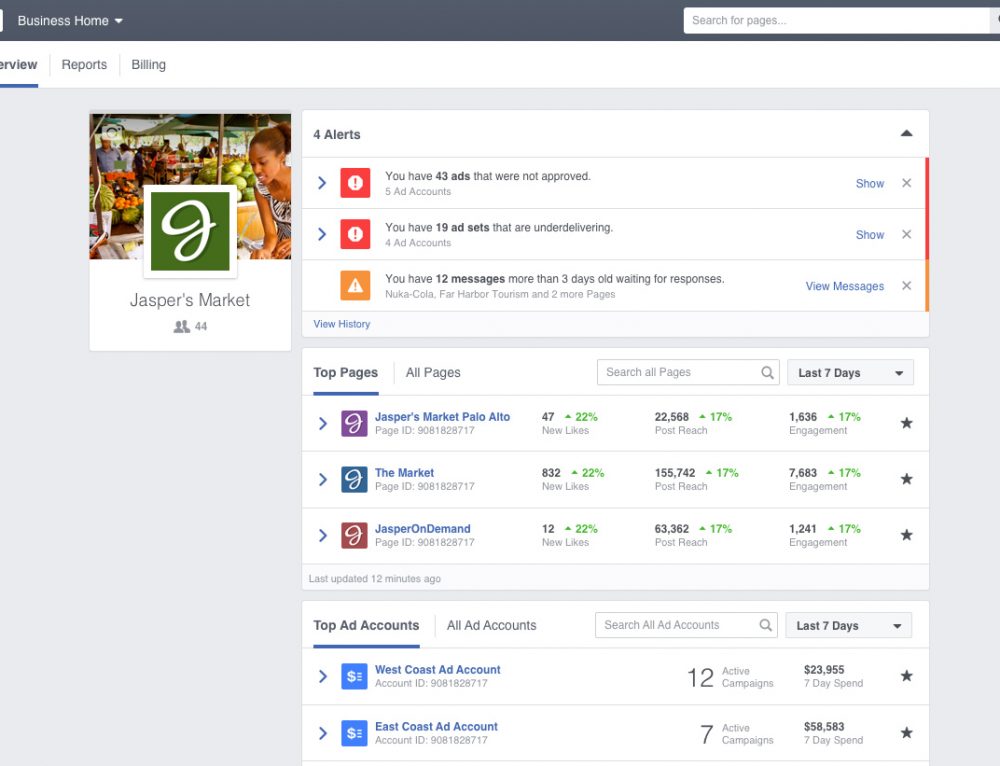
When you’ve hired an agency to do a range of SEO Services Bangkok with your business, it can be easy to forget the basics. While yes, everything like on-page SEO and meta tags are important, so are basic things like reviews and the company’s reputation — and you, as the business owner, know how to deal with these things and improve the reputation using business reputation repair services found online for this purpose.
Every business owner knows the importance of dealing with negative reviews. For many reasons, it is of utmost importance that negative reviews and comments are dealt with immediately. The review might not even be a genuine review of your service/product and a pure slander! Understanding situations such as this and implementing Universal Business Reputation building ways could go a long way in improving your dealing with your client!
We’ve even shown you how to handle them.But what about positive reviews? Do you need to respond to them, too?
If you want to grow your local business you do. Responding to positive reviews engages customers, builds brand loyalty, and markets your business. Allowing customers to give website feedback as well as feedback relating to your service/product is the key to success. Here’s why responding to positive reviews is essential and exactly how you should do it.
Why Is It Necessary to Respond to Positive Reviews?
Frankly, it’s the least you can do, says the team at SinglePlatform. If a customer takes time out of their day to tell you (and hundreds of potential customers) about their positive experience, you owe them a thank you if nothing else. But showing your appreciation also adds to your brand image. It makes your business seems more approachable and can inspire loyalty among your customers.
Responding to positive reviews can save you money, writes Taylor Kamnetz at ReviewPush. It’s essentially free advertising. Why wouldn’t you want to reply and share it so that everyone can see? “It’s in your best interest to respond to any review that comes your way in a delicate and thoughtful manner.”
Plus, your response could be the decisive factor for someone sitting on the fence about using your business, says the team at Podium. If a customer is trying to choose between you and a competitor, they are going to be much more likely to choose the business that responds to all of their reviews over the one that only tries to get bad reviews to change their minds.
Finally, responding to positive reviews can even improve your SEO, according to writer Taylor Kamnetz. “Google and other platforms have shared that receiving new and authentic positive reviews can place your website higher on search queries.”
SEO can do wonders for the success of your business, but it’s very important that you know what you need to do. It’s not exactly a walk in the park, there is a lot to SEO, but once you know what you need to do, it can be really useful. If you have only just started learning about SEO, or have no idea how to use, then check out a site like Ventsmagazine as they can give you a better idea of where you can begin.
Responding to reviews gives you the chance to show your customers that you care and this can encourage more positive reviews as a result. It’s also an opportunity to give Google more information about your business so that you show up in as many relevant search results as possible.

A 4-Step Process to Respond to Positive Reviews
Step 1: Express Gratitude
Yes, it’s incredibly obvious, but every response should start with you expressing gratitude for the customer review. It’s a fantastic way to start a conversation with your customers, says Harsha Annadura at Synup. It doesn’t matter how you say thanks, just do it. Of course, be careful about using the same phrasing for customer after customer. If you don’t change it up once in a while your thank yous will start to look insincere.
Think about how valuable the customer’s review is to your business, advises the team at FreshLime. “When someone leaves you a review, they are really helping your business out in a big way. Reviews are like gold for businesses and people really only trust businesses that have positive reviews online.”
Not saying thank you can make your brand seem uncaring and out of touch. ReviewTrackers have looked at over 200,000 responses to reviews and found that saying thank you is one of the most common features, regardless of whether the review is positive or negative.
Step 2: Be Authentic
The key is not to act like a robot, says the team at Broadly. That means you shouldn’t use the same canned response every time. Show them that you actually read their review by adding in specific things or commenting on what they liked.
When you copy and paste a response, you actually risk angering customers who were previously happy with your business, points out the team at The Fork. Mention the customer’s name if they have left one and sign off with your own name to make it more personal and to encourage familiarity with your customers.
The team at Reviews notes that the customer journey doesn’t end after one positive experience. You want them to keep coming back again and again. “Be sure to keep your tone friendly and upbeat to leave a long-lasting impression,” they advise.

Step 3: Be of Service
If you’re going to take the time to respond to each positive review, make it the best response that customer has ever received. That’s easily done by adding value after saying thank you.
Don’t think that a simple thank you is enough, says Mor Assouline. You want to go out of your way to demonstrate that you and your brand are different from the competition. Use the information they have left in their review to tell them something they might be interested in or get value from. This also makes your response much more authentic, too.
The key is to offer something that interests your customer, recommends GatherUp’s Liezen Van Loh. “Let them know about a new menu item coming soon or give a reminder of an important date. Preview an upcoming offer, sale, or event and invite them to participate. Being of service adds value on top of a positive customer experience, and gives future customers insight into how you do business.”
In doing so, you both get something out of the exchange, writes brand strategist Elizabeth Wellington. “Customers give you a wonderful review, and you give them something in return. If you can add on a bonus during your next interaction – a free drink, a new product to try, or even just relevant advice – your customer will feel even more like a VIP.”
Step 4: Add Descriptive Words to Responses
It’s important that any review feature your business’s name, its location and the services or products you provide. If the reviewer doesn’t mention these things, make sure you do in your response.
RepuGen founder Ajay Prasad says the more Google sees your business mentioned in context with the area you work in and the services you offer, the more likely it is to serve up your business when someone performs a relevant local search.
It’s not complicated and you don’t have to be an SEO expert. In fact, it can be surprisingly simple, says the team at Vendasta. Here’s one of their suggested responses that works perfectly: “The team here at [Business Name] is thrilled to hear such good feedback, and we’re proud to be one of the coziest [coffee shops] in [city name].”
This approach is particularly useful when customer reviews are vague, says digital marketing consultant Rachel Arst McCullough. Hopefully, customers add keywords themselves, but this response technique ensures that every review has something to offer Google. And it’s not just for search engine purposes. Adding keywords and descriptive terms can also allow potential customers learn more about the services or products you provide.
Images by: Adam Jang, henry perks, Burst





